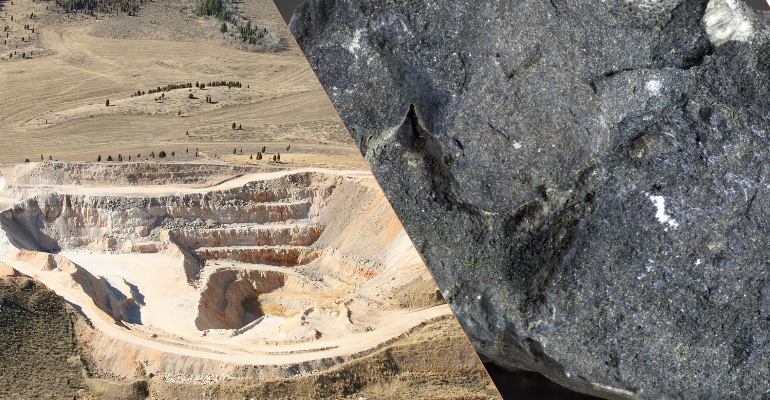‘Phosphogeddon’ Averted, Norway to the Rescue
A Norway mine has discovered a phosphate deposit worth 70 billion tonnes, which would be enough to satisfy world demand for 100 years.

Lithium-iron phosphate batteries are frequently used as primary or secondary power sources for medical (as well as other) devices. However, recent years have uncovered major concerns about shortages in the critical raw material components that make up the battery, namely, phosphorus.
Phosphorus, which comes from the phosphate rock, is a non-renewable resource with large deposits controlled by multiple countries. The largest deposits, around 50 billion tonnes, are in the Western Sahara region of Morocco. China has 3.2 billion tonnes, Egypt has 2.8 billion tonnes, and Algeria has 2.2 billion tonnes.
For the European Union, most of the phosphorus needed for the country is imported from Russia as it has the world’s largest ultra-pure phosphate rock deposits. However, when Russia invaded Ukraine, the EU and scientists, among others, warned of imminent supply disruptions.
Additionally, earlier this year, global scientists warned that the planet could face a “phosphogeddon” because of supply issues, global uncertainty, and shortages in raw materials as reserves of high-grade phosphate rock deplete.
Recent news from Norway has seemed to quell “phosphogeddon” fears as the country recently announced a mining company has found up to 70 billion tonnes of phosphate rock in the south-western part of the country, along with deposits of other strategic minerals like titanium and vanadium which are used in the aerospace and defense industries.
With up to 70 billion tonnes of the rock, and a projected 4,500-meter-deep ore body, Norge Mining — the mining company that discovered the deposits — told Euractive that it would theoretically be capable of meeting global phosphate demand for the next 100 years. Of note, the global economy consumes an estimated 50 million tonnes of phosphorus each year.
The initial discovery was made in 2018 based on information from the Norwegian Geological Survey. The company originally estimated that the ore body in the ground would extend 300 meters below the surface. Instead, the company found it extended much deeper, 4,500 meters.
With the discovery, Norway’s minister of trade and industry said the government is considering fast-tracking a large mine in the area. This would be considered after analysis of the area — Helleland, Norway — is completed on 47 miles of drill cores. If approved, the first mine could begin operation in 2028.
Phosphorous refining is a highly carbon-intensive process and most of the industry is concentrated in China, Vietnam, and Kazakhstan. While the Netherlands previously had refinery production, it was shut down because of the pollution it created, Euractiv reported.
Norway’s minister of trade and industry said that the country has an obligation to develop “the world’s most sustainable mineral industry." The country intends to observe stricter environmental standards in the mining and refining of phosphate compared to current competitors and will implement carbon capture and storage technology.
About the Author(s)
You May Also Like



.png?width=300&auto=webp&quality=80&disable=upscale)
